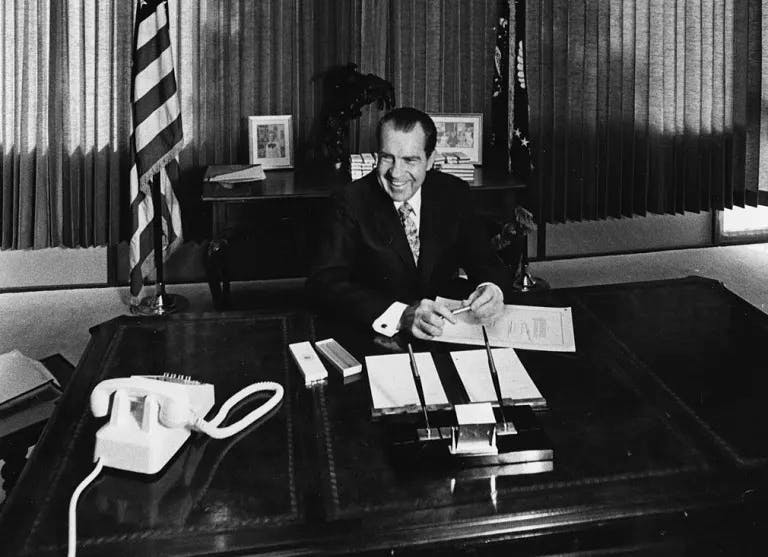This blog was written by Defenders of Wildlife Intern, Ava Jutras.
As environmental issues become more entangled with economic and political identity, the bipartisan spirit that once defined conservation has been lost. We need to get it back.
The environmental movement, which gained momentum in the 1960s and ’70s and led to bedrock conservation and environmental laws like the Endangered Species Act, the Clean Air Act and the Clean Water Act, wasn’t born out of fringe movement fueled by hippies and tree-huggers, rather it was a national call to action to prioritize the health and well-being of our planet and ourselves. In fact, the Environmental Protection Agency and National Oceanic and Atmospheric Administration were established during the presidency of Richard Nixon, a Republican, with strong bipartisan Congressional support.
Fast forward 50 years, and the story couldn’t be more different as efforts to protect wildlife and ensure a planet rich in biodiversity are smack dab in the middle of culture wars between the parties.
There was a time when environmental action wasn’t a political wedge. It was common sense. What happened?
The long history of environmentalism in the United States starts with influential writers like Henry David Thoreau, who advocated for preserving wild places. Figures such as John D. Rockefeller and Theodore Roosevelt carried that mission into the early 20th century. But during the Industrial Revolution, the average urban worker was disconnected with nature and viewed it as pleasure to be enjoyed by the wealthy. This discord and disconnection provided little urgency to protect our natural world.
This attitude began to shift by the mid-20th century, as environmental issues started hitting closer to home. People saw the effects of pollution in their rivers, smog in their cities and contamination in their water. Around the same time, a growing middle class, better transportation and investment in park infrastructure made it easier for more Americans to experience the outdoors.
The environment wasn’t just a place reserved for wealthy adventurers. It was the air you breathed, the water you drank, the neighborhood in which you lived.
The fight for the environment got personal. Laws were passed to rein in industrial pollution and protect public health, which in turn allowed the environmental movement to widen, setting the stage for the sweeping bipartisan reforms of the 1960s and ’70s.
Why is this so important today?
Eventually, it became clear to lawmakers that regulating pollution often meant regulating parts of the economy. This sparked a still-raging debate: How involved should the government be in protecting the environment and, in turn, its people and wildlife from harm? Add in modern challenges like carbon emissions, extreme weather, microplastics, biodiversity collapse and growing distrust in science, and the landscape is even more complex. These pressures have slowly fractured support and reshaped public opinion.
Today, simply mentioning the environment as a political priority can brand someone as radical. In the 2024 presidential debates, neither candidate debated the environment at all, a telling silence given how urgent the crisis has become. That silence wasn’t just an oversight. It was a warning. It showed how far we’ve drifted from seeing conservation as a shared responsibility.
The truth is wild animals, ecosystems, climate events and pollution don't care about political affiliation. Yet, these same things touch every life in every zip code. Somewhere along the way, however, “caring about the earth” got branded as a fringe ideology instead of what it is: protecting this place we all call home.
History reminds us environmental issues used to be a unifying cause. Preserving wild places, defending wildlife and protecting biodiversity are matters of shared American pride. That spirit, rooted in bipartisan stewardship and responsibility, is one worth reviving.







